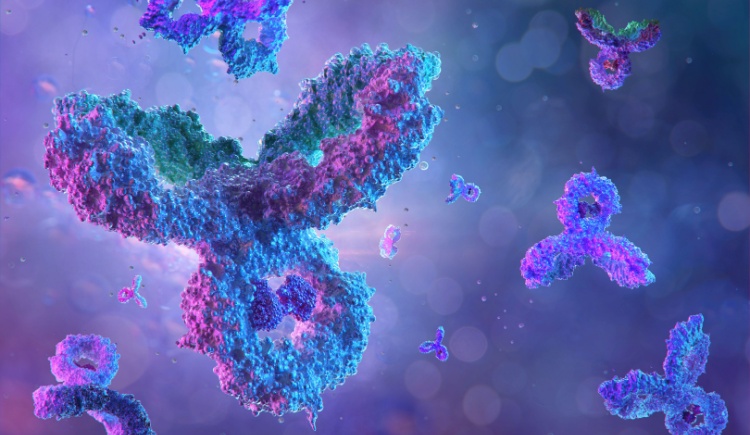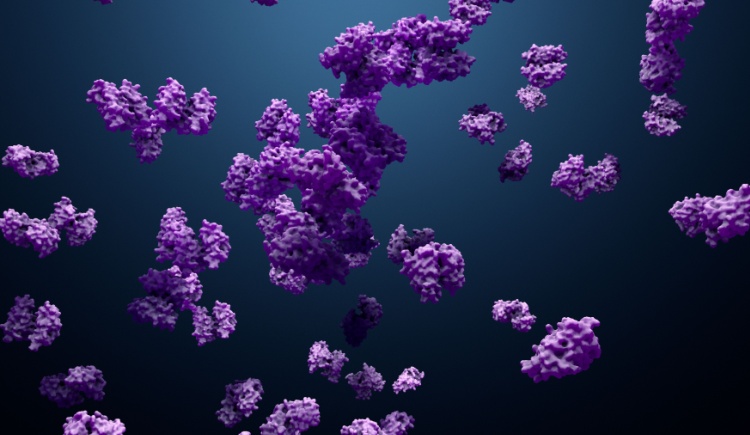Research
Proteins are responsible for all the molecular processes essential to life on Earth. But they are also incredibly complex molecules, and most mutations lead to their dysfunction. Our lab's mission is to understand how protein sequence and structure determine function and translate this understanding into practically useful computational tools for protein design.
Our research combines computational methods development, including AI and atomistic modeling, and structural and biochemical wet-lab work. Our work probes protein design principles by computing new proteins and testing their activities in the lab. We are committed to making methods accessible to all scientists, and our algorithms have been used to optimize diverse antibodies, vaccines, therapeutic enzymes, and enzymes for green chemistry applications. We are proud that some of our designs have entered clinical and preclinical studies to treat severe medical conditions and to see protein design fuel the next wave of innovation in biotechnology and synthetic biology.




